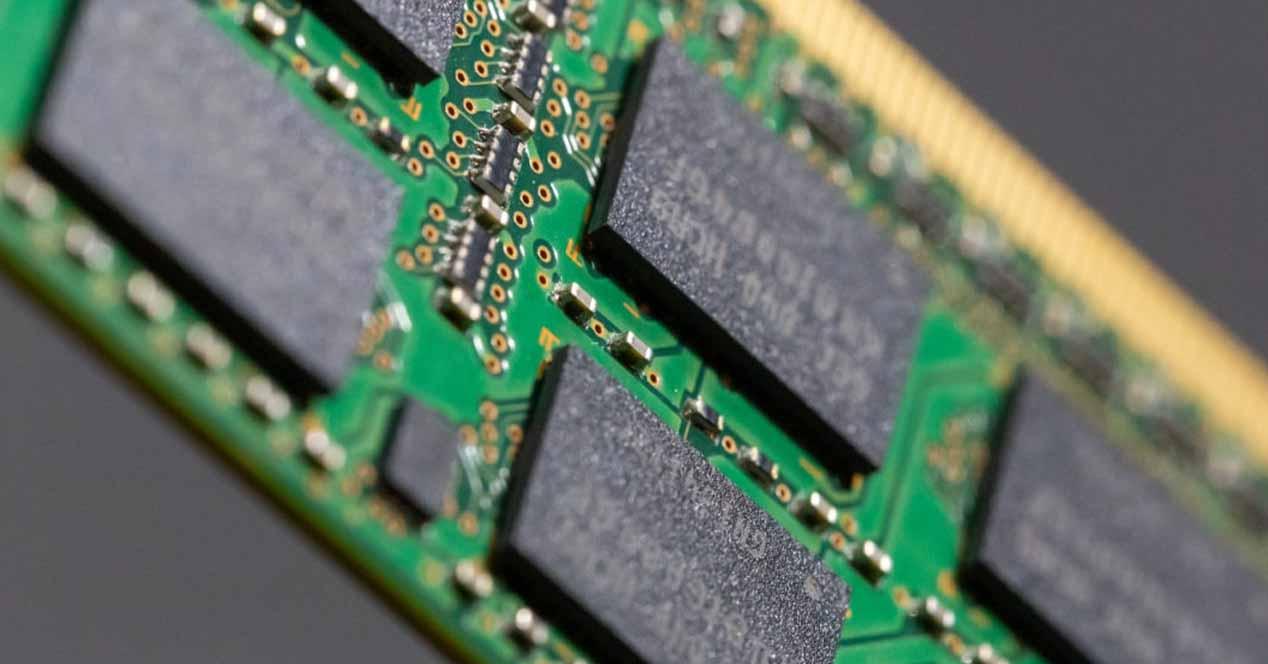The other day we told you about how a processor accesses memory for data and instructions, while what you are reading right now is about memory channels, which is how the processor is. used. connects to RAM to transmit data and vice versa.
What are memory channels?
If we simplify the definition, memory channels are the links between RAM and a processorthat is, this is where data moves between the two parties to communicate.
Historically, the first memories were single channel, but this posed an additional problem, because during the time when the video card needed access to information to generate the screen, the processor did not have access to RAM
This caused the Video RAM, the first type of dual-channel memory, where each memory chip had two access interfaces, which means that address and data pins, as good as interfaces that are required for data access in memory access they duplicate.
To communicate the processor with a memory, we need a symmetrical physical interface on both sides, both in memory and in RAM.
Multi-channel memory processor configurations
We caught three different configurations so that you can understand how a processor, which can be a CPU, GPU, or any other type of xPU, communicates with RAM.
In all examples, although we are talking about two-channel configurations, the operation is the same for configurations with interfaces with a larger number of channels.
Case 1: several processor channels, one memory channel
The first case It is the one used today for the RAM memory of the PC, or the processor has a multichannel interface and communicates with RAM memories which each have one channel, this will Allows you to install two memory DIMMs connected to the same processor and combine their bandwidth, since access to each of the memory modules is done simultaneously from the processor.
Case 2: multiple channels of processor and RAM
The second case is the one that occurs when a multichannel interface communicates with another multichannel interface
Out of curiosity, heHBM memories have up to 8 different channels, be able to assign one or two channels per memory chip in the HBM stack,
Case 3; Multiple processors with single-channel multichannel RAM

ASCII
The third case is where we have multi-channel memory connected to several processors, this is typical of SoCs that have heterogeneous configurations of different types of processors.
For example, one memory channel can be used as video RAM and the other channel as system RAM, but it is also used in homogeneous cores where all the processors are symmetrical so that the greatest number of cores have simultaneous access to the core. RAM. .
Table of Contents












